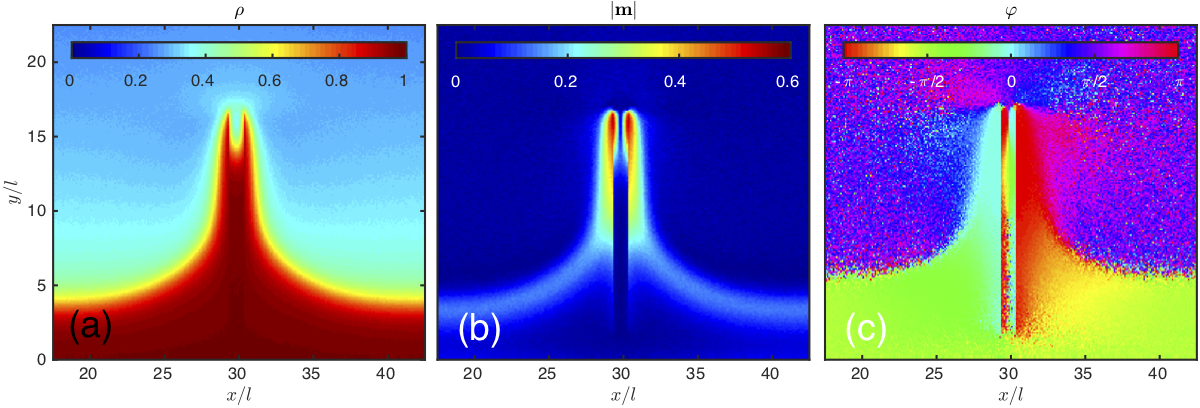The capacity of a fluid to rise in thin tubes against gravity and other related phenomena like wetting of vertical plates and spontaneous imbibition, where a wetting liquid is drawn into a porous medium, are denoted as capillary action or capillarity. It is well known in classical fluids and originates from attractive interactions between the liquid molecules and the container walls, and from the attraction of the liquid molecules among each other. Adam Wysocki and Heiko Rieger, two theorists from the SFB 1027 (A3), now predict capillarity in a minimal model for scalar active matter with purely repulsive interactions, where an effective attraction emerges due to slowdown during collisions between active particles and between active particles and walls. Computer simulations indicate that the capillary rise in thin tubes is approximately proportional to the active sedimentation length λ and that the wetting height of a vertical plate grows superlinear with λ. In a disordered porous medium the imbibition height scales as ⟨h⟩∝λϕm, where ϕm is its packing fraction. These predictions are highly relevant for suspensions of sedimenting active colloids or motile bacteria in a porous medium under the influence of a constant force field. The work has now been published in the renowned journal Physical Review Letter.
Link to the publication in Physical Review Letter



